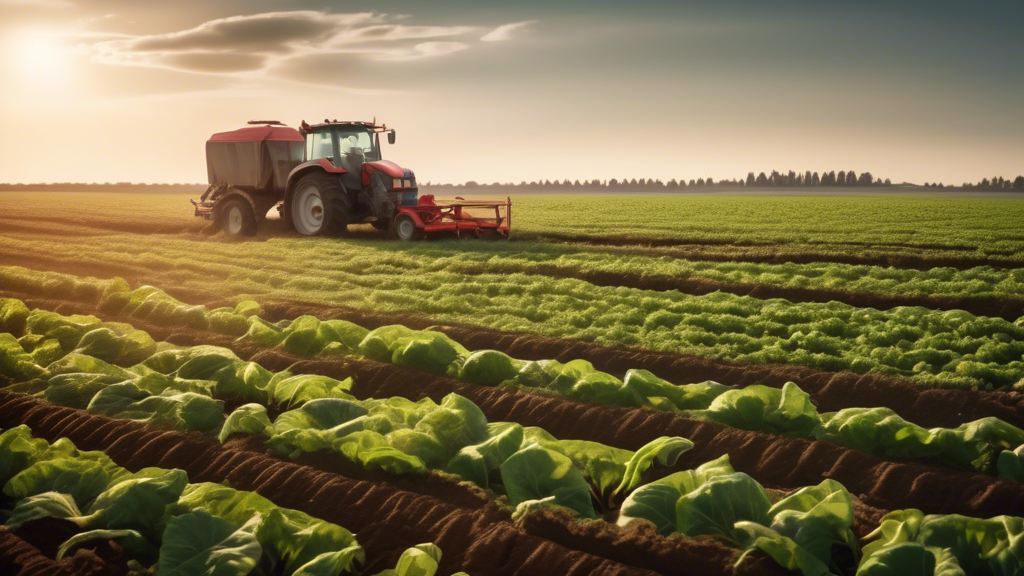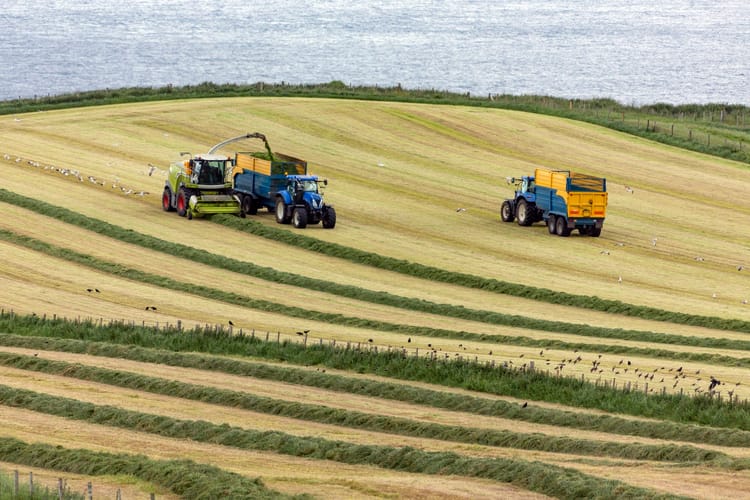Regenerative Agriculture and Policy: Shaping a Sustainable Future

Regenerative Agriculture: A Path Towards Sustainability
The practice of regenerative agriculture is becoming increasingly vital for the sustainability of our planet. One of the key events in this space is the Regenerative Agriculture Summit Europe 2024. This summit aims to unite the food and textiles industries to engage in crucial discussions on ecosystem restoration, soil health, and biodiversity. Attendees will benefit from farm visits and sessions focused on supply chain transparency and adapting to changing European policies. Such initiatives play a critical role in promoting ecological balance and enhancing farming systems globally.
Supporting this movement, the Rural Prosperity and Food Security Act of 2024 comes as a significant legislative advancement. By extending a variety of agricultural programs through fiscal year 2029, this act aims to foster integrated resource management and sustainable agriculture technologies. Additionally, the act seeks to improve initiatives like the coffee plant health project and the cattle fever tick program, ensuring a healthier and more productive agricultural sector.
Addressing Pesticide Damage and Enhancing Food Security
The mitigation of pesticide damage remains a priority for ecological stability. The U.S. Environmental Protection Agency (EPA) is at the forefront of this effort, implementing measures to protect pollinators and mitigate the adverse effects of pesticides. Among these efforts is the upcoming issuance of the final Herbicide Strategy, aimed at safeguarding over 900 federally threatened and endangered species. This approach underscores the importance of protecting both human and animal health from the hazards of chemicals.
Another pivotal step taken by the Biden-Harris administration is the announcement of a strategy to combat food loss and waste. This comprehensive strategy focuses on recycling organics, tackling climate change, feeding people, addressing environmental justice, and fostering a circular economy. By implementing these initiatives, the administration aims to create a more efficient and resilient food system, ensuring greater food security for all.
Importance of Smallholder Farmers and Carbon Sequestration
Smallholder farmers play a crucial role in the adoption and scaling of regenerative agricultural practices. Currently, over 15 million smallholder farmers are benefiting from practices such as cover cropping systems and farmer-managed natural regeneration of trees. These methods are not only beneficial for the environment but also offer significant economic advantages for farmers. Examples from Brazil, Paraguay, and Africa showcase the positive impact of regenerative agriculture on smallholder communities.
The potential for carbon sequestration through regenerative agriculture is immense. Estimates indicate that cropland sequestration could remove approximately 1.5 GtCO2/yr globally, with a potential cumulative sequestration of up to 100-200 GtCO2 by the end of the century. By focusing on soil fertility and carbon storage, regenerative methods can significantly contribute to the fight against climate change while making farming systems more resilient and profitable.
Here's a thought to consider
The collective efforts in regenerative farming, food security, and pesticide damage mitigation not only aim to sustain agricultural productivity but also to build a resilient ecological system. By embracing these practices and policies, we can ensure a safer, healthier, and more sustainable future for our planet. Looking for updates? Sign up to our newsletter for weekly snippets.





